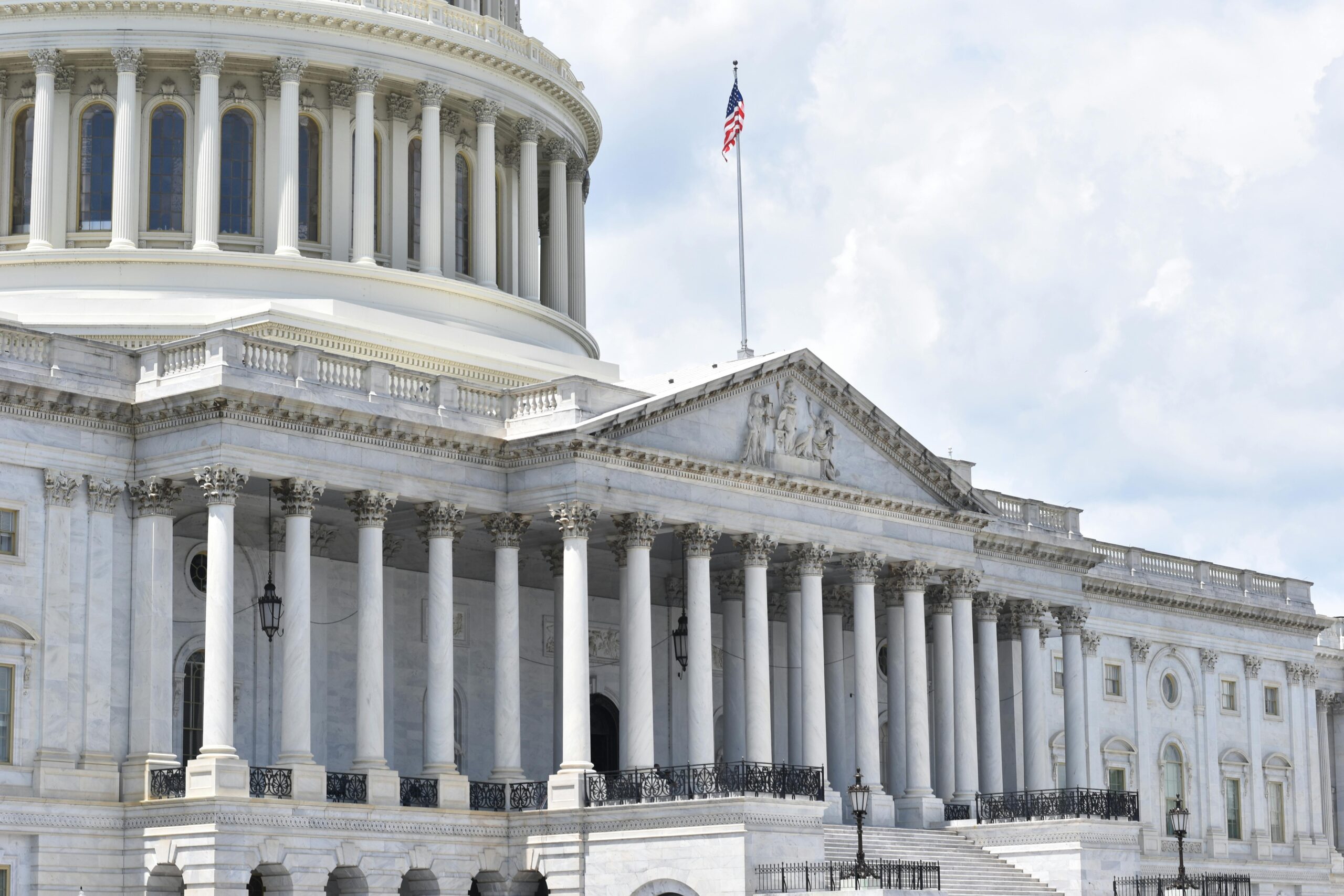New Report: “Serving the Nation”
Published May 15, 2014
- Survey Finds Wide Disparity Among Minority Colleges—Some Have Cutting-Edge Capacity, Others Lagging in Key Areas Such as Online Usage, Student Computer Ownership
- Colleges Vulnerable to Unstable Funding, Staff Capacity, and Turnover
- Alliance Calls for Increased Investment to Educate Nation’s Emerging Majority Workforce
Washington, D.C., April 30, 2004—A new, groundbreaking report finds that Historically Black Colleges and Universities, Hispanic-Serving Institutions, and Tribal Colleges and Universities are in an unrivaled position to remedy the technological disenfranchisement of the nation’s emerging majority populations but are hampered due to lack of stable financial resources and other concerns. The report says that while some minority-serving institutions (MSIs) have achieved impressive results in the application of information technology (IT), far too many have urgent technology needs that cannot be addressed without significant support and guidance from the federal government, states, and the private sector.
The report, “Serving the Nation: Opportunities and Challenges in the Use of Information Technology at Minority-Serving Colleges and Universities” was presented at a special briefing on Capitol Hill today by the Alliance for Equity in Higher Education. The Alliance represents more than 340 MSIs that educate 1.8 million students, or about one-third of all minorities in higher education.
Only 65% of MSIs offer online admissions applications compared to 92% of other institutions, according to the report. And while 80% of students at majority schools own computers, less than half (45%) do so at MSIs. Faculty use of technology at MSIs also is limited, with less than 50% using email and/or the Internet as a teaching and learning tool.
At the same time, the report outlines many innovative and compelling ways that IT is used at MSIs. For example, Fond du Lac Tribal and Community College in Cloquet, Minnesota is one of a small number of U.S. institutions offering degrees in computer forensics and e-crime. Miami Dade College
in Florida has used technology to increase student retention and success through the use of “tel-e advisors,” as well as online registration and financial aid information. At Johnson C. Smith University in Charlotte, North Carolina, there are more than 3,000 Internet access points on campus, allowing for technology to be integrated into nearly all of the teaching, research, and service activities of the university.
The findings are based on the first-ever, comprehensive national survey of MSIs focusing on information technology use. The report also includes close-up profiles of six MSIs that have earned high praise for their creative IT applications.
The report recommends the implementation of several important policy initiatives, including the Digital and Wireless Network Technology Program Act, a bill that passed the U.S. Senate last year by a vote of 97-0 and is now awaiting action in the House of Representatives. Programs supported through the U.S. Department of Education under the Higher Education Act, as well as at the National Science Foundation, receive strong endorsement from the Alliance. The Alliance also urges the investment of state funds for expanding IT capacity at MSIs, and industry contributions to fund innovations in technology use.
While use of technology by minorities in the U.S. has improved somewhat in recent years, significant gaps remain, according to the report. For example, 70% of Whites use computers, compared to 56% of African Americans, 49% of Hispanics, and 27% of rural Native Americans. These gaps will become critical impediments to U.S. economic growth, says the report, which is increasingly reliant on the technological capacity of workers.
The chief executives of the Alliance partner organizations—Gerald Gipp, Executive Director of AIHEC, Antonio Flores, President of HACU, and Frederick Humphries, President of NAFEO—note in the report’s Foreword that “providing equal technological opportunities to all Americans will have not only a profound impact on the U.S. education system but also will have far reaching consequences for the nation’s economic competitiveness, social stability, cultural richness, and homeland security.”
“This report provides compelling evidence of the need to move our national dialogue about technology beyond basic concerns about hardware and software,” said Jamie P. Merisotis, President of the Institute for Higher Education Policy, the Washington-based research organization that prepared the report. “We need to focus on how IT is being used at minority-serving institutions, and why investment in them could have an enormous impact on the nation’s future workforce development.”
Founded in 1999, the Alliance for Equity in Higher Education was established to promote greater collaboration and cooperation among minority-serving institutions, which serve high proportions of low-income, educationally disadvantaged students. The founding partners of the Alliance include:
- American Indian Higher Education Consortium (AIHEC), which represents 35 Tribal Colleges and Universities (TCUs);
- Hispanic Association of Colleges and Universities (HACU), which represents more than 200 Hispanic-Serving Institutions (HSIs); and
- National Association for Equal Opportunity in Higher Education (NAFEO), which represents 118 Historically Black Colleges and Universities (HBCUs) and other predominantly Black institutions.
The Institute for Higher Education Policy serves as the convening and organizing entity for the Alliance.


